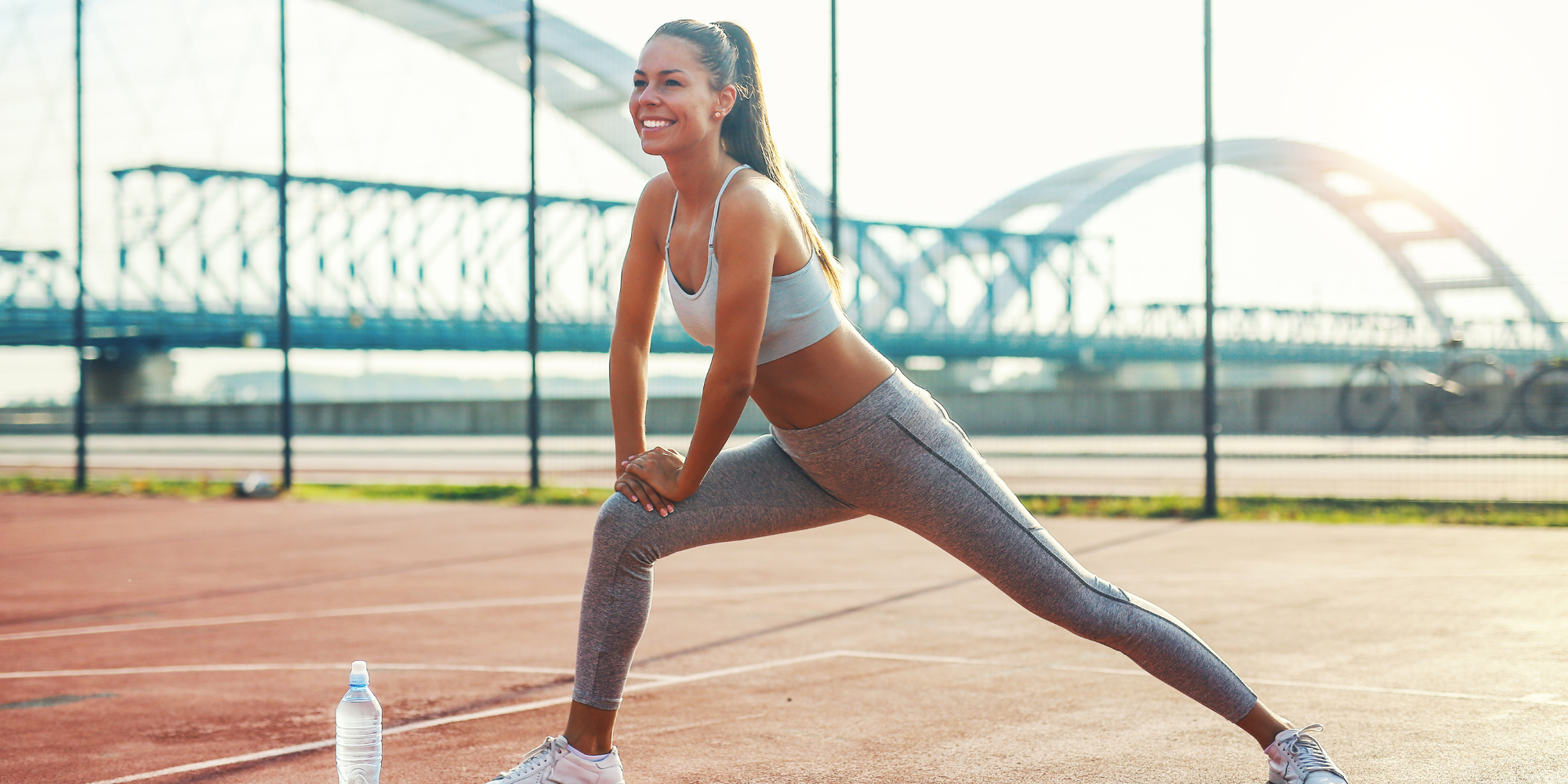Conditioning for pickleball is crucial not only for enhancing performance but also for preventing injuries. This guide details essential mobility stretches and conditioning exercises tailored specifically for pickleball players, ensuring you remain agile, powerful, and injury-free on the court.
Conditioning for Pickleball in as Little as 30 Minutes a Day
Maximizing your pickleball performance doesn’t require endless hours at the gym. With just 30 minutes a day, you can engage in targeted exercises that boost your agility, strength, and endurance, crucial for pickleball success.
This focused approach ensures you can fit conditioning into even the busiest schedules, making it possible to enhance your game without compromising your daily routine. By concentrating on key exercises that deliver the most impact, you ensure every minute counts towards improving your play and overall fitness.
I. Warm-Up (5-10 minutes):
Starting your pickleball session with a proper warm-up prepares your body for the physical demands of the game and can significantly improve your performance.
1. Light Cardio:
Begin with five minutes of light jogging or brisk walking to gradually increase your heart rate and get your blood flowing. This light cardio helps loosen your muscles and prepares your body for more intense activity, making it a crucial first step in your warm-up routine.
2. Dynamic Stretches:
Dynamic stretches are ideal when conditioning for pickleball. They are great for activating the muscles you will use during the game.
Arm Circles: Start with your arms extended by your sides and rotate them in large circles, first forwards then backwards. This movement loosens the shoulder muscles, which are vital for effective pickleball play.
Leg Swings: Stand on one leg and swing the other leg forward and backward. This exercise warms up your hips and legs, areas heavily used in pickleball for quick lateral movements and sudden stops.
II. Conditioning for Pickleball with Mobility Stretches (10-15 minutes):
Mobility stretches improve your range of motion and flexibility, reducing the risk of injuries during intense play.
1. Neck Stretch:
Gently tilt your head from side to side, then forward and back, holding each position for about 15 seconds. This stretch helps relieve tension in the neck and upper shoulders.
2. Shoulder Stretch:
Extend your right arm across your body and use your left hand to press it closer to your chest. Hold for 15 seconds, then switch arms. This stretch is essential for maintaining shoulder flexibility, which is crucial for the various arm movements in pickleball.
3. Wrist Stretch:
Extend your arm in front of you with fingers pointing down, and gently press on the fingers with the opposite hand to stretch your wrist and forearm. This area can experience a lot of stress in pickleball from constant paddle handling.
4. Hip Flexor Stretch:
Step into a lunge position and gently push your pelvis forward, stretching the hip flexors for 15-20 seconds on each side. Strong and flexible hip flexors enhance your ability to move quickly and change directions.
5. Quad Stretch:
While standing, pull one foot towards your buttocks to stretch the quadriceps, holding for 15 seconds on each leg. This stretch is important for maintaining leg strength and flexibility.
6. Hamstring Stretch:
Sit on the ground with one leg extended and the other bent inward. Lean forward to reach the toes of your extended leg, stretching your hamstring.
7. Calf Stretch:
Place one foot against a wall or post with the other leg slightly bent to stretch the calf muscles. Hold for 15-20 seconds per leg, essential for the explosive movements required in pickleball.
III. Conditioning Exercises (10-15 minutes):
Conditioning exercises build the muscle strength and endurance needed for competitive pickleball, enhancing both your play and overall athletic capability.
1. Lunges:
Perform lunges to strengthen your leg muscles, critical for maintaining balance and executing powerful moves on the court.
2. Squats:
Execute squats to work your legs and lower back, building the strength needed for a solid base and powerful shots.
3. Jumping Jacks:
Include jumping jacks in your routine to improve your agility and coordination, both vital for quick responses during play.
4. Push-Ups:
Complete push-ups to strengthen your upper body, improving your ability to maneuver the paddle with force and precision.
5. Core Exercises:
Engage in exercises like planks or sit-ups to fortify your core muscles. A strong core is essential for stabilizing your body during dynamic movements in pickleball.
IV. Cool Down (5 minutes):
A proper cool-down routine helps your muscles recover and adapt after intense exercise, reducing soreness and enhancing flexibility.
1. Gentle Stretching:
Repeat the mobility stretches from earlier to relax your muscles and improve long-term flexibility, which is crucial after the stresses of a game.
2. Hydration:
Drink plenty of water to rehydrate and aid in muscle recovery. Staying hydrated is key to effective recovery and maintaining peak performance in future games.
V. Integrating Conditioning for Pickleball into Your Routine:
Regular conditioning for pickleball is essential not only for improving performance but also for enhancing your enjoyment of the game by reducing fatigue and injury risk.
1. Consistency is Key:
Integrate conditioning exercises into your regular training routine. Consistency helps build muscle memory and conditioning, which are crucial for maintaining high performance throughout extended play in tournaments or casual games.
2. Variety in Training:
Incorporate a variety of exercises that target different muscle groups and aspects of fitness such as endurance, strength, and agility. This variety ensures that all areas necessary for pickleball are developed uniformly, providing a well-rounded conditioning regime.
3. Tailor Your Conditioning:
Adjust your conditioning regimen according to your specific needs and goals while conditioning for pickleball. If you find certain aspects of your game lacking, increase the focus on conditioning those areas. For example, if stamina is an issue, emphasize more cardiovascular exercises while conditioning for pickleball.
VI. Monitoring Progress and Adjustments:
As with any training program, monitoring your progress and making necessary adjustments based on feedback and performance is key to success while conditioning for pickleball.
1. Track Your Performance:
Keep a log of your conditioning exercises and note any changes in your pickleball performance. This will help you identify which aspects of your conditioning are most effective and where adjustments might be needed.
2. Listen to Your Body:
Pay attention to how your body responds to different stretches and exercises while conditioning for pickleball. If certain activities cause discomfort or do not improve your game as expected, consider modifying those exercises or consulting with a fitness professional.
3. Regular Reviews:
Set periodic reviews of your conditioning plan to ensure it remains aligned with your evolving pickleball skills and fitness levels. As you grow stronger and more adept at the sport, your conditioning needs may change.
The Winning Edge: Final Advice for Peak Performance
Mastering conditioning for pickleball is crucial for any player looking to improve their game and protect their body from the demands of the sport. This guide to the best mobility stretches and conditioning exercises is designed to prime your body for peak performance on the court.
By following a structured routine of warm-ups, stretches, conditioning exercises, and cooldowns, you ensure that your body is well-prepared for the challenges of pickleball. Remember, a well-conditioned athlete not only performs better but also enjoys a longer, injury-free sporting career. Embrace these practices to not just play pickleball, but to excel at it.




